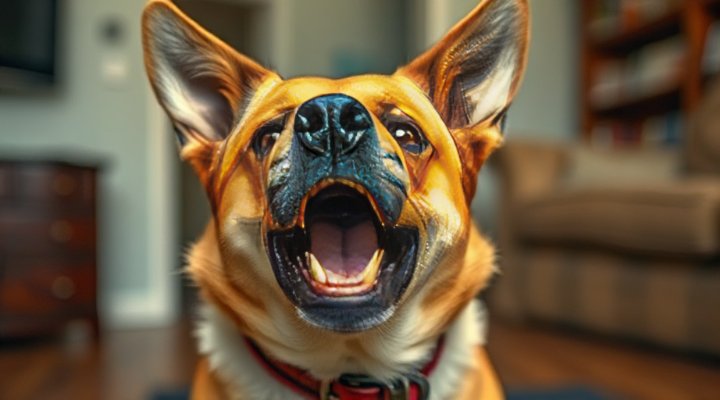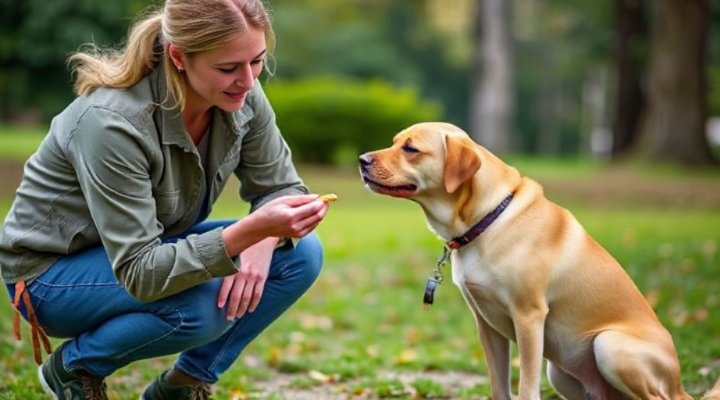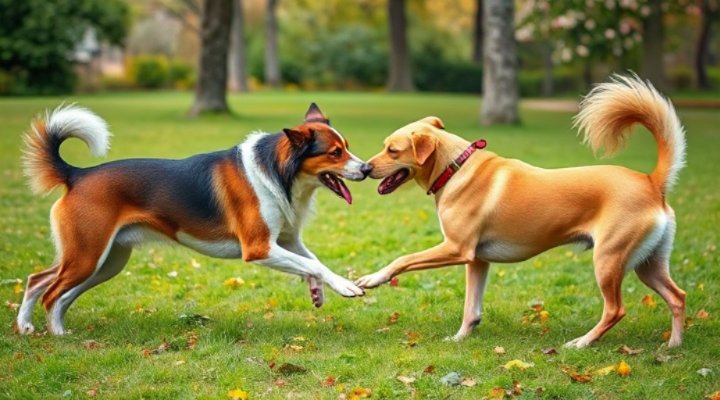Dog aggression is a common issue that many pet owners face, and it can stem from various causes such as fear, territorial instincts, or past trauma. Understanding the root of your dog’s aggression is the first step toward addressing it effectively. In this article, we’ll explore the different types of aggression, how to identify triggers, and proven strategies to manage and reduce aggressive behavior.

Types of Dog Aggression
Not all aggression is the same. Dogs can exhibit aggression for different reasons, and recognizing the type is crucial for proper intervention. Here are the most common forms:
- Fear-based aggression: Occurs when a dog feels threatened or cornered.
- Territorial aggression: Directed toward strangers or other animals entering the dog’s perceived territory.
- Possessive aggression: Happens when a dog guards food, toys, or other valued items.
- Social aggression: Often seen in multi-dog households where hierarchy is challenged.
For example, if your dog growls when someone approaches their food bowl, they may be displaying possessive aggression. On the other hand, a dog that barks at strangers entering the home is likely showing territorial behavior.

Identifying Triggers of Aggression
To address aggression, you must first identify what triggers it. Common triggers include:
- Loud noises or sudden movements
- Presence of other dogs or unfamiliar people
- Protection of resources (food, toys, sleeping areas)
- Pain or discomfort (always rule out medical issues with a vet)
Keeping a journal of your dog’s aggressive episodes can help pinpoint patterns. Note the time, location, people/animals present, and what happened immediately before the outburst.
When to Seek Professional Help
While mild aggression can often be managed at home, severe cases require professional intervention. Consider consulting a dog behaviorist if:
- Your dog has bitten someone or shows intent to harm
- Aggression is escalating despite your efforts
- You feel unsafe or unsure how to proceed
For additional resources, the American Veterinary Medical Association offers excellent guidelines on managing aggressive pets.

Effective Strategies to Reduce Aggression
Once you’ve identified the type and triggers of your dog’s aggression, you can implement these strategies:
- Positive reinforcement training: Reward calm behavior with treats and praise. Avoid punishment, as it can worsen aggression.
- Desensitization and counterconditioning: Gradually expose your dog to triggers at a safe distance while pairing the experience with positive rewards.
- Management techniques: Use baby gates, muzzles, or leashes to prevent situations that might trigger aggression.
- Regular exercise and mental stimulation: A tired dog is generally a well-behaved dog. Consider agility training or puzzle toys to burn excess energy.
Remember, consistency is key. Training should be ongoing, and all family members should follow the same rules.

Living with a Recovering Aggressive Dog
Even after improvement, some dogs may always need careful management. Here are tips for long-term success:
- Always supervise interactions with children or unfamiliar people
- Use a “safe space” where your dog can retreat when overwhelmed
- Continue socialization through controlled dog socialization classes
- Maintain regular veterinary check-ups to address any physical causes
With patience and proper training, most dogs can learn to manage their aggressive tendencies. The journey may be challenging, but the reward of a happy, well-adjusted companion is worth the effort.
Related Keywords
dog behavior modification, aggressive dog training, how to calm an aggressive dog, dog socialization tips, fear aggression in dogs
